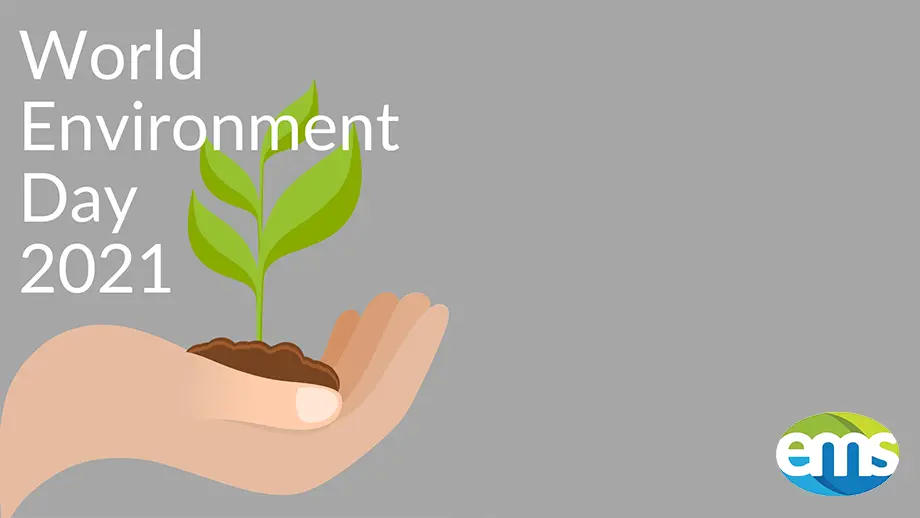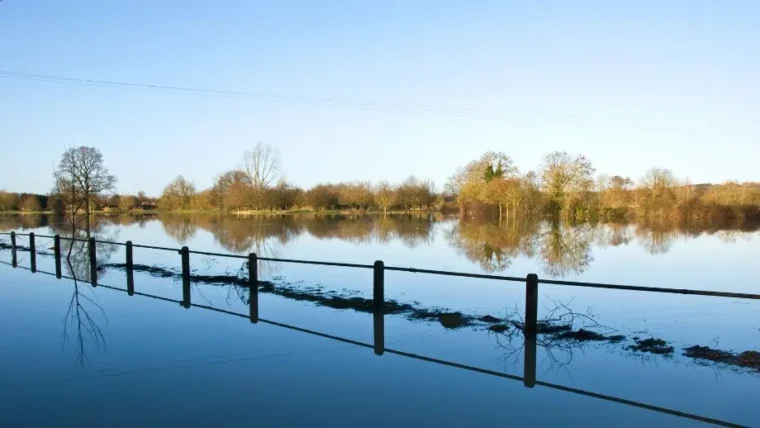
June the 5th is World Environment Day, and the theme this year is “Reimagine. Recreate. Restore”. This year marks the beginning of the United Nations Decade on Ecosystem Restoration as they try to encourage worldwide awareness and action to protect our environment.
The major concern for 2021 is the protection and restoration of ecosystems. Other major environmental concerns which continue to pose a risk to our environments and societies involve air pollution and the pollution of the ocean via plastics.
Protection and Restoration of Ecosystems
Loss of biodiversity is accelerating across the planet and the declining health of our ecosystems has a direct impact on our societies. With habitat loss and human activity affecting the feeding and reproductive behaviours of many species, wildlife populations are dwindling. This results in lower biodiversity and upsets food chains. These changes in our earth’s ecosystems affect livelihoods and economic opportunities for locals and can alter food and nutrition security. This is aside from how biological diversity provides boundless benefits for health and pharmacological sciences. (WHO)
We can check the products that we buy to ensure that our consumer habits are not damaging our ecosystems. The Forest Stewardship Council and Rainforest Alliance certify whether or not a product is contributing to the destruction of habitats and their logos can be seen on products which have reached their standards. These organisations aim to ensure not only the conservation of our planet’s resources, but also the rights of native people inhabiting the land from which the product is sourced.
We can also work together to protect local species populations. For example, in many countries bee populations are declining due to loss of natural habitat and pesticides. To mitigate this we can ensure that they have plenty of native plants on which to feed – we can plant nectar-producing wildflowers in our back gardens, or we can even build bee boxes.
Air Pollution
Air pollution has a highly damaging effect on human health and the environment. The long-term effects associated with air pollution are chronic asthma, cardiovascular diseases, and mortality (frontiers).
There are several major air pollutants, including:
- Carbon dioxide
- Carbon monoxide
- Sulphur dioxides
- Lead
- Nitrous oxides
Air pollutants can be emitted from a variety of sources, including power plants, industrial processes, and vehicles. Air pollution particles will contaminate the surface of bodies of water and soil when they fall. Additionally, sulphur dioxide and nitrogen oxide particles in the air can create acid rain. When this falls it damages plants by changing soil composition and degrading water quality in rivers, lakes and streams. Birth defects and reproductive issues with animals have also been attributed to air pollution. (National Geographic)
Using greener modes of transport helps to reduce the amount of major air pollutants. Additionally, you may consider reducing either your meat or dairy consumption to help cut methane emissions. Meat and dairy industries account for around 14.5% of global greenhouse gas emissions, according to the UN’s Food and Agricultural Organization (FAO). You can also pick food that is in season or grown locally, which reduces transport emissions. Consider celebrating world environment day by planning an environmentally friendly meal with friends.
Plastic Pollution
A large source of land-based pollution comes from plastic. In recent years concern has grown over the potential effects of microplastics on the environment. Microplastics are pieces of plastic less than five millimetres long which often come from discarded plastic, worn down tyre material that has been washed away by the rain, or even synthetic clothing fibres from washing. Microplastics cause issues for aquatic life as these particles end up in the ocean, and a build-up of them in the digestive system leads to slower growth, reproductive issues, and even starvation. Microplastics can come from things such as shopping bags, food packaging, and personal care products. Although single-use plastic shopping bag usage has reduced, more people are buying the bags for life only to use them once. Discarded plastic flowing into the seas may nearly triple by 2040 (National Geographic). By altering our consumer habits to eliminate more single-use plastics we can help to reduce the microplastics that end up in our environment.
How will you be celebrating the environment this world environment day?









